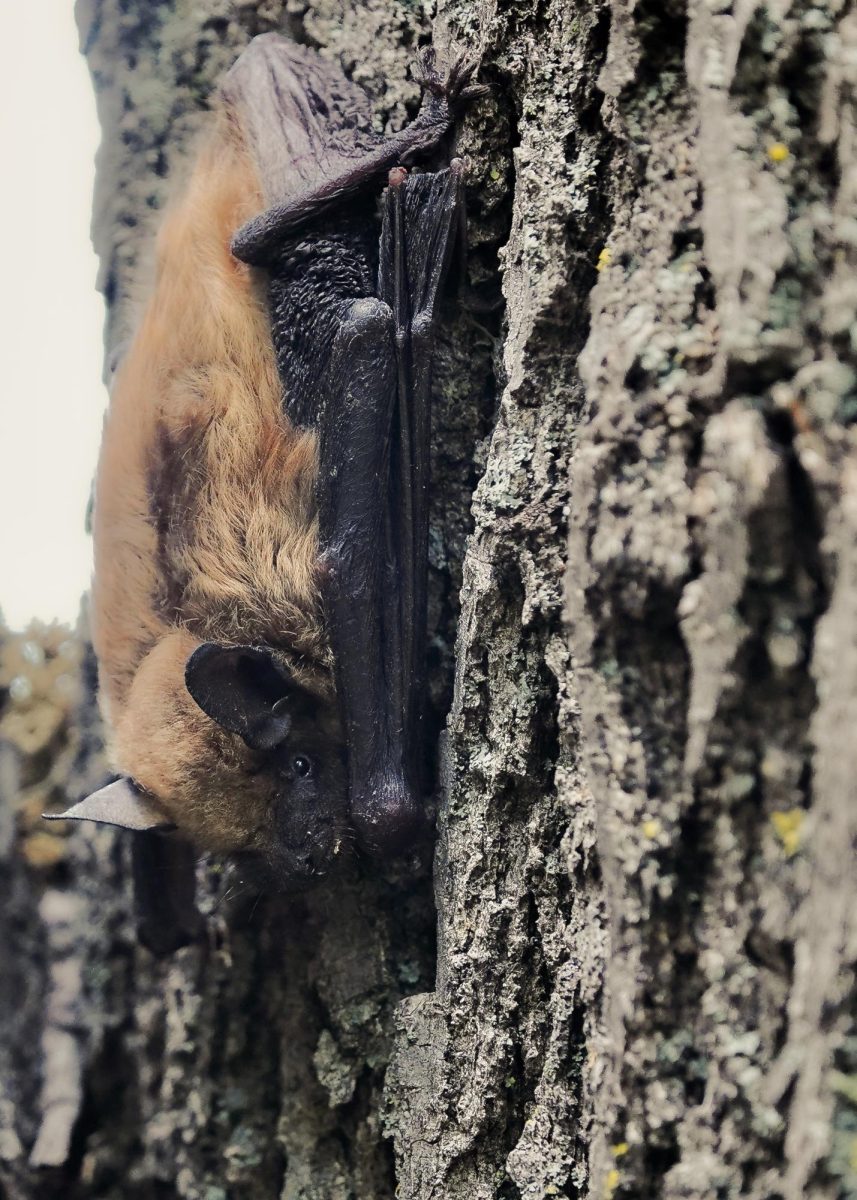With the buzz of students back on campus, local businesses are preparing to meet the increased demand with more staff, resources and products.
A Madison favorite, Ian’s Pizza on State Street has been hiring new staff and stocking more ingredients for the fall, Russel St. John, assistant manager at Ian’s Pizza said.
In preparation, management has hired more staff for certain shifts, and reevaluated inventory based on anticipated business, St. John said.
“There is definitely a noticeable transition when the students come back,” St. John said.
Madison’s black entrepreneurs celebrated at Heymiss Progress Business Expo
University of Wisconsin students contribute a significant amount to the local economy, especially for private businesses, according to the university’s 2015 impact report. Collectively, spending from UW students creates over $4 billion annually for these businesses.
Most of this spending goes towards the food and merchandise industries, according to the report.
Similar to Ian’s Pizza, during football season, Sconnie, a retail store on State Street, sees an 80 percent increase in retail purchases, Cade Boomgarden, manager of Sconnie said.
The university schedule is a key factor for restaurants and retail stores spike in sales, Boomgarden said.
“Because the beginning of the school year and the football season coincide, it is a very busy time,” Boomgarden, said.
The local economy is heavily impacted by student consumption patterns.
Some businesses, like Sconnie, have to take extra measures to meet the needs of customers during the school year, Boomgarden said.
Sconnie prints custom shirts for student organizations and departments within the university, so the company is more dependent on the demand of students, Boomgarden said.
With the transition from summer to fall, students are also more inclined to spend time outside and take advantage of shopping on State Street, Monroe Street and Capitol Square.
As a freshman, Sofía Beatriz Sandoval Cates frequented the resident dining halls on campus like Four Lakes and Carson’s Market.
Now, as a junior, she lives off campus, and shops at non-UW affiliated stores on Monroe Street, as she does not receive residence-hall discounts, Cates said.
“I think upperclassmen visit restaurants downtown more often as they are more accessible than the dining halls on the university,” Cates said.
Tucker Sanborn, a UW junior, said he goes out to eat about twice a week, spending roughly thirty dollars.
Some of his favorite spots include Buffalo Wild Wings, Subway and Kwik Trip.
“I definitely go out more during times when it is nice outside.” Sanborn said.













